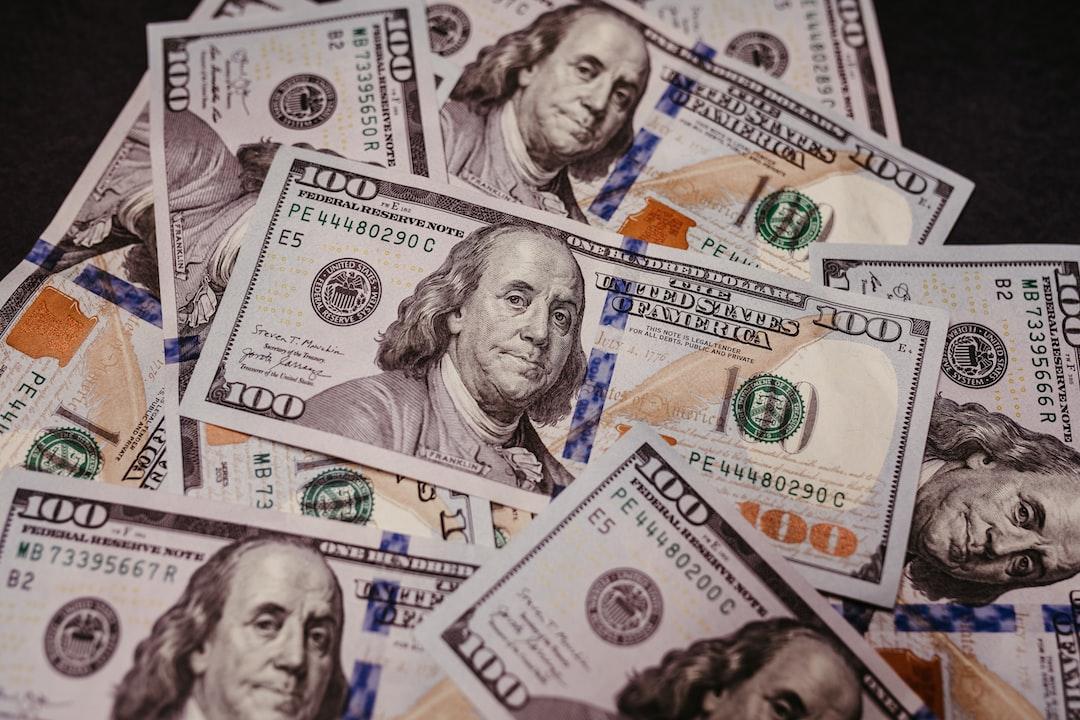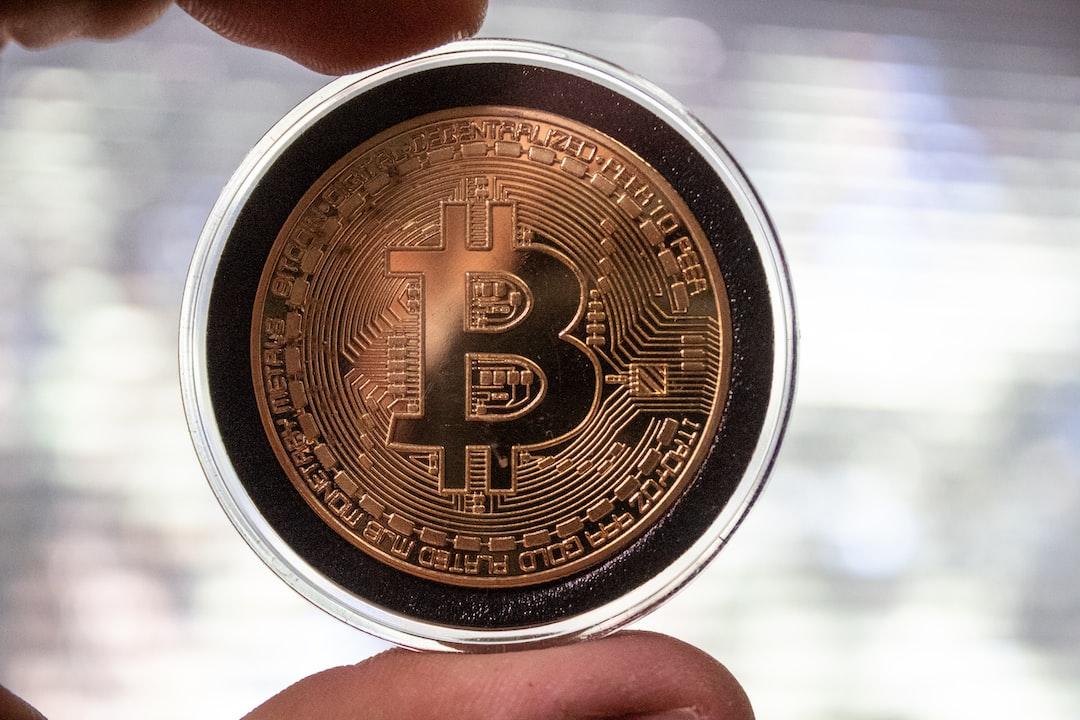Article by: Deep Tide TechFlow

In the past week, the on-chain performance of the ETH mainnet has transcended the simple descriptor of “bustling.” A statement from old Powell regarding interest rate cuts has rejuvenated an already active on-chain market: daily fluctuations resemble a gold rush, with two to three waves of market activity on weekends. The mainnet gas fees soared to around 70 Gwei, making even the act of breathing on-chain quite expensive.

From the perspective of seeking concepts to exploring angles, the sentiment of “not taking over” has spread to MEME as well.
Specifically, the recent on-chain activity can be accurately described as “fragmented chaos.” While the fleeting weekends might seem trivial to the average worker, they are quite saturated and fulfilling for on-chain players. Various concepts, including the Doge founder’s dog, Elon Musk’s “Mars City” plan, and Trump’s silver coin, have all made their appearances in succession, as if failing to introduce new concepts would be a waste of this wave of on-chain sentiment and liquidity.
However, as the market has evolved, new concepts are evidently insufficient to satiate the enthusiasm for PVP. The meme market has upgraded from “seeking concepts” to “exploring angles”: as soon as a new speculative concept emerges, a multitude of similarly named tokens burst forth like mushrooms after rain, with various self-justifying angles taking turns in the spotlight.

To illustrate, during the recent weekend, the concept of Musk’s “Mars City” alone saw several high market-cap tokens emerge: $TERMINUS (Mars City name 1), $BAR (Mars City name 2), various spacecraft, interstellar hotels, and astronaut dogs… Not to mention that each token also had to contend with uppercase and lowercase variations.
It’s evident that the phenomenon of “not taking over” has been finely subdivided within the meme market; if you buy uppercase, I’ll buy lowercase, if you chase three points of D.O.G.E, I’ll chase four points of D.O.G.E. This leads to a situation where each party plays their own game. The frenzy among various experts in seeking angles seems to be a competition for the “final interpretation right” of the narrative, until more and more people recognize this angle, ultimately achieving victory in an upgraded PVP. To avoid helping others succeed, everyone is truly giving their all.

The rotation of various narratives has led to one after another of multi-million market valuations, with numerous tales of sudden wealth emerging in succession. However, in the on-chain market alongside “wealth” stories, there are inevitably also “loss” stories.
Exploiting human weaknesses, are conspiracy groups playing psychological warfare?
The fragile narrative
Even after winning amidst the multitude of concepts and angles, players involved with lesser-known tokens still face numerous “force majeure” threats. Take the $MISHA concept from “V God’s dog,” which skyrocketed from $0 to a $20 million market cap in a single day, only to have its market value halved the next day when V God stated, “I do not have a dog.” In the ensuing chaos, holders frantically scrambled to exit, causing gas fees to surge amidst the selling frenzy, and along with the price, countless dreams of sudden wealth plummeted.

Indeed, some momentary “narratives” often lack solid grounding, and the fragile heat generated by a celebrity’s statement can extinguish just as swiftly with another statement.
However, this “narrative fragility” has also been precisely exploited by conspiracy groups, setting traps for players amidst the fervor of the weekend.
Hardcore narratives?
Compared to centralized exchanges, transactions on the primary chain are far more transparent and equipped with diverse tools, allowing individual operations to be nearly transparent to those with intent. Thus, in the on-chain world, the “battles” during trading are more immediate and direct.
On Saturday, a token called $DOGGO emerged seemingly out of nowhere, with a trajectory that left no room for hesitation, approaching a market cap of $20 million within four hours of its launch, while many were still enjoying their weekend slumber, $DOGGO had already completed its surge.
Upon further investigation, it turned out that the $DOGGO concept was built on an OG narrative: seasoned players would be familiar with the fact that Shibetoshi Nakamoto, the creator of Dogecoin $Doge, had sold all his holdings early on. This time, the $DOGGO project also allocated 6.56% of its tokens to Shibetoshi Nakamoto from the outset, who indeed sold all of his $DOGGO tokens. This “sell-off” narrative had been played by many projects before, but this time Shibetoshi Nakamoto not only “sold out” but also actively interacted with topics related to $DOGGO.

Shibetoshi Nakamoto’s interactions appeared as an ambiguous “endorsement” in the eyes of those with intent, while the straightforward OG narrative of $DOGGO added a layer of intrigue. Tired of fragile narratives and PVP, savvy wallets rushed to buy in. As a result, while many were still processing the information, the price of $DOGGO soared.

With some backing it and others buying in, the price surged, and it seemed that $DOGGO was not far from reaching its ultimate goal of “listing.” However, the subsequent developments regarding $DOGGO served as a wake-up call, reinforcing the notion that the on-chain world is not a gentle fantasy land, but rather a bloody dark forest.
From controlling the market to community takeover, behind the “rebirth” lies the design and struggle of conspiracy groups?
Reversal after reversal
Less than a day after the explosive rise of $DOGGO, Dogecoin founder Shibetoshi Nakamoto explicitly stated he was not responsible for any meme coin, thereby denying his previous endorsement of $DOGGO.

This statement likely raised alarms among players who had just learned a lesson from the fragile narrative of $MISHA, prompting them to consider their next move. Panic ensued! Coupled with continuous FUD statements within the community and large wallets selling off en masse, the trajectory of $DOGGO shifted from correction to collapse.
However, this time $DOGGO did not continue to plummet to zero. Instead, after many panicked sell-offs, it quickly rebounded, restoring the price to levels prior to the drop, even announcing the establishment of a CTO (community takeover) the very next day. The rapid FUD-induced drop seemed as if it had never occurred. Even after announcing the CTO, $DOGGO still faced a secondary downturn, as if this CTO were merely a ruse devised by conspiracy groups to ensnare retail investors. Panic ensued again, causing $DOGGO’s market cap to fall back to around $6 million, reminiscent of the previous drop.
Yet just when many believed that $DOGGO was truly finished, yes, the price of $DOGGO flipped again, surging from $6 million to break new highs in the $20-30 million range.
It appears that $DOGGO has undergone one reversal after another within just two days—from conspiracy groups to community takeover, the “rebirth” saw community trust gradually established, and the sustained price increase is a testament to the “power of the community.”
However, is the situation really that simple?
Not a rebirth, but more like a washout?
After the tumult surrounding $DOGGO, some pointed out that the event may not be as straightforward as it seems. The so-called “rebirth” of $DOGGO appears more like a series of multiple reversals intended for “washing out,” with the community takeover merely serving as a pretext for the conspiracy group’s profound washout.
On-chain player @Mirro7777 noted that he was among the targets of this $DOGGO washout, having sold about 1% of his total holdings during a deep sell-off orchestrated by the DEV in conjunction with negative news late at night, resulting in his address flipping from profit to loss.

At the same time, user @CryptoRugMunch, who has extensively researched conspiracy groups, bluntly stated that the maneuvering surrounding $DOGGO is a textbook example of psychological warfare:
First, induce panic selling among retail investors with a market dump + FUD → Announce CTO to temporarily repair prices → Follow up with another severe drop to completely destroy retail confidence → Once retail investors have exited, launch a price surge to break previous highs.
@CryptoRugMunch also pointed out that the conspiracy group behind $DOGGO has never left, with each maneuver aimed at compelling retail investors to capitulate. Unless you enjoy being a victim in psychological warfare, there are better projects available in the market.

Summary
The phenomenon of “dividing” concepts and seeking angles due to issues of profit distribution or differing consensus is not new. The hard forks of BTC and ETH essentially reflect a similar nature. However, unlike the “dignified” reasons for hard forks, the reasons for the “division” of memecoins are much more direct: it is purely for profit. Why should I take over your position when we are both speculating on the same concept?
In the collision of differing consensuses, various opportunities arise, with the conflict between conspiracy groups and community takeovers clearly recognized as a prevailing mode of resistance within the current meme market.
The confrontation between uppercase and lowercase Neiro proves that community power can also lead to sudden wealth, igniting a wave of narrative fervor surrounding community takeovers.
What one should fear is not a significant loss, but rather that the significant loss is working harder than you are. The story of $DOGGO illustrates that conspiracy groups are already aware of the layers they’ve wrapped around the CTO.
With on-chain liquidity gradually flourishing, seasoned degens may still find themselves targeted, let alone the majority of less experienced on-chain players. For most, the crypto world remains an unambiguous dark forest; at the moment you succumb to FOMO, countless addresses are already poised to strike.
The market environment is ever-changing, yet the fact that the market operates as a zero-sum game remains constant. Adapt flexibly to the situation, do not let survivor bias blind you, and avoid blindly going all in. Always remember that the majority are still losing money, wishing you well
Subscribe to Updates
Get the latest creative news from FooBar about art, design and business.

